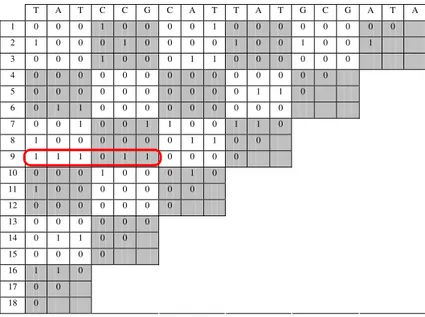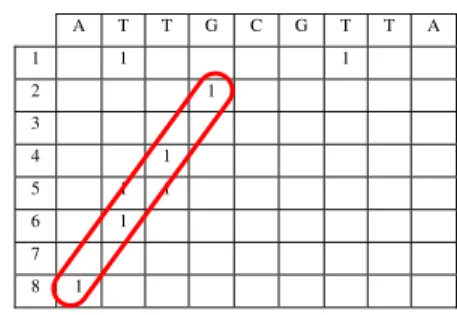SimSearch: A new variant of dynamic programming based on distance series for optimal and near-optimal similarity discovery in biological sequences
Texto
Imagem



Documentos relacionados
This study evaluated the duration of initial and successive HAART regimens and the predictors of therapy discontinuation in HIV-1-infected children of CoRISpeS-Madrid Cohort from
Based on stochastic programming, this research proposed a new comprehensive approach re- garding the representation of demand uncertainty in the problem of determining the
A adoção de meios de luta cultural e física, práticas agrícolas centrais em agricultura biológica, é mais frequente em Pontevedra e Padron e entre agricul- tores com maior nível
An algorithm based on gradient techniques, proposed in a companion paper, is applied to numerical analysis of optimal low-thrust limited-power trajectories for simple transfer (no
In this paper, we propose a new sequential linear programming algorithm for solving con- strained nonlinear programming problems, and apply this method to the solution of
This paper proposes an active search method aimed at finding objects with optimal or near- optimal y -property values, on the basis of x -variables obtained by indirect, less
In this work, a new approach for the optimal sequencing of tasks in manufacturing systems was presented, based on the com- bination of metaheuristic algorithms that try to optimize
In this chapter, we evaluate the proposed Power and Resource Allocation Based on Quality of Experience (PRABE) algorithm and compare its performance with that of the optimal